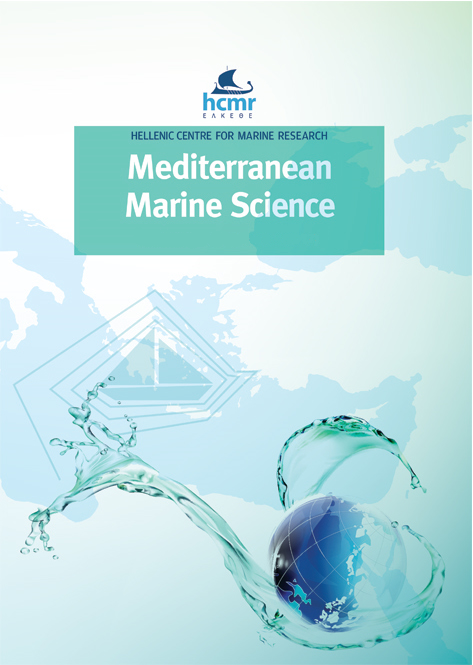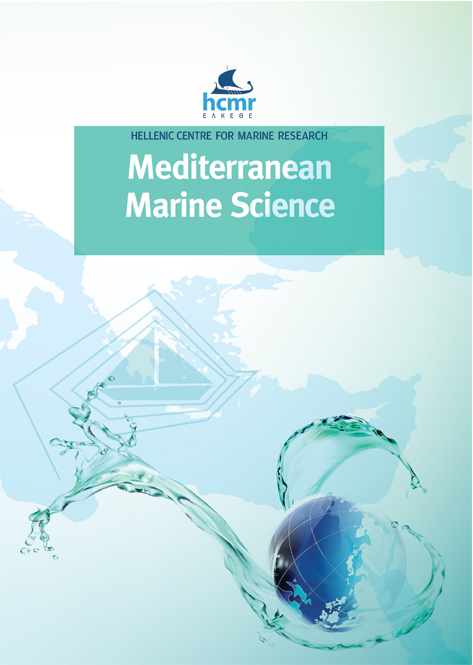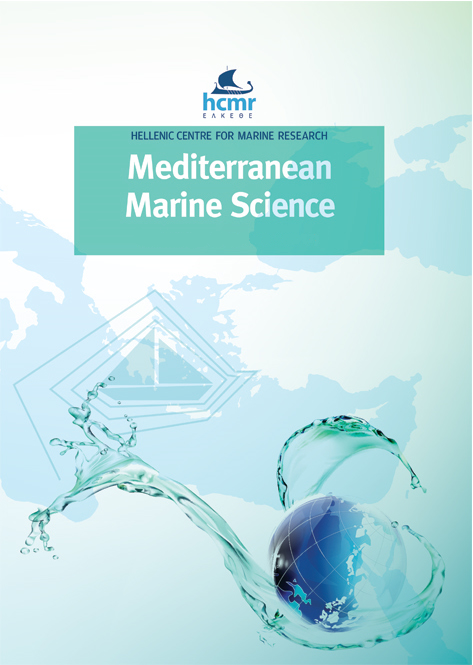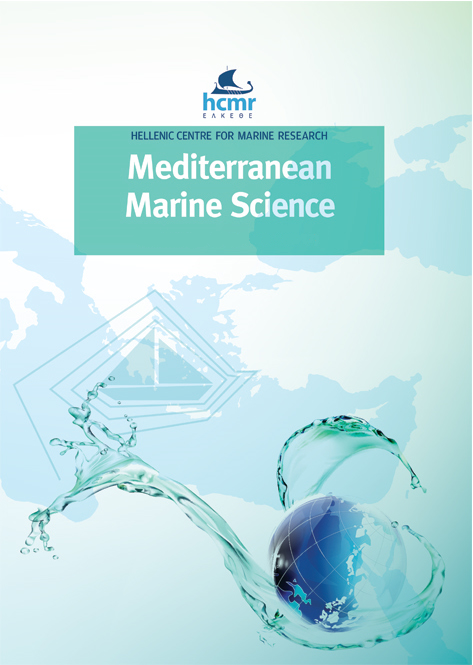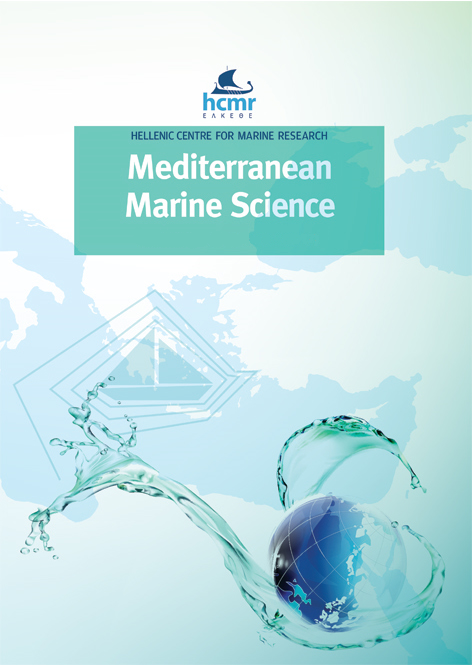Degradation of a photophilic algal community and its associated fauna from eastern Sicily (Mediterranean Sea)

Abstract
The status of the “Biocoenosis of the Infralittoral Algae” of the upper infralittoral zone (at 5 m depth) from two selected stations along the eastern coast of Sicily (Ionian Sea, Mediterranean) was studied with a multiproxy approach involving the study of algae and associated protist and animal organisms, including foraminifers, serpulids, molluscs, bryozoans and ostracods. Scraped samples (40x40 cm) were collected at selected seasons during a 2-year period (2015-2016) in order to identify possible seasonal and spatial differences between the two stations, and to compare present data with historical ones. A community made up of the algae Halopteris scoparia, Padina pavonica, Dictyota dichotoma, Ellisolandia elongata and several other geniculate coralline algae was found in sites historically colonised by a Cystoseira brachycarpa community, which was not found during our study. These algae presently structure the community and provide substratum for several associated epibiotic species. Hierarchical cluster analysis and Non-Metric Multi-Dimensional Scaling Ordination significantly differentiate the communities between the two stations but show no clear seasonal trend. Differences largely relate to changes in the algal vegetation and the impact produced by the regression of structuring species on epibiots (especially serpulids and bryozoans). Comparison with historical algal data from the area indicates the disappearance of Cystoseira brachycarpa, which was present at least until the last ’1990s, and a community degradation with a considerable loss in species richness. This parallels observations in other Mediterranean areas, and could be related to the increase in echinoid population density and their heavy grazing activity.
Article Details
- How to Cite
-
CATRA, M., ALONGI, G., LEONARDI, R., NEGRI, M. P., SANFILIPPO, R., SCIUTO, F., SERIO, D., VIOLA, A., & ROSSO, A. (2019). Degradation of a photophilic algal community and its associated fauna from eastern Sicily (Mediterranean Sea). Mediterranean Marine Science, 20(1), 74–89. https://doi.org/10.12681/mms.17765
- Issue
- Vol. 20 No. 1 (2019)
- Section
- Research Article
Authors who publish with this journal agree to the following terms:
- Authors retain copyright and grant the journal right of first publication with the work simultaneously licensed under a Creative Commons Attribution Non-Commercial License that allows others to share the work with an acknowledgement of the work's authorship and initial publication in this journal.
- Authors are able to enter into separate, additional contractual arrangements for the non-exclusive distribution of the journal's published version of the work (e.g. post it to an institutional repository or publish it in a book), with an acknowledgement of its initial publication in this journal.
- Authors are permitted and encouraged to post their work online (preferably in institutional repositories or on their website) prior to and during the submission process, as it can lead to productive exchanges, as well as earlier and greater citation of published work (See The Effect of Open Access).





